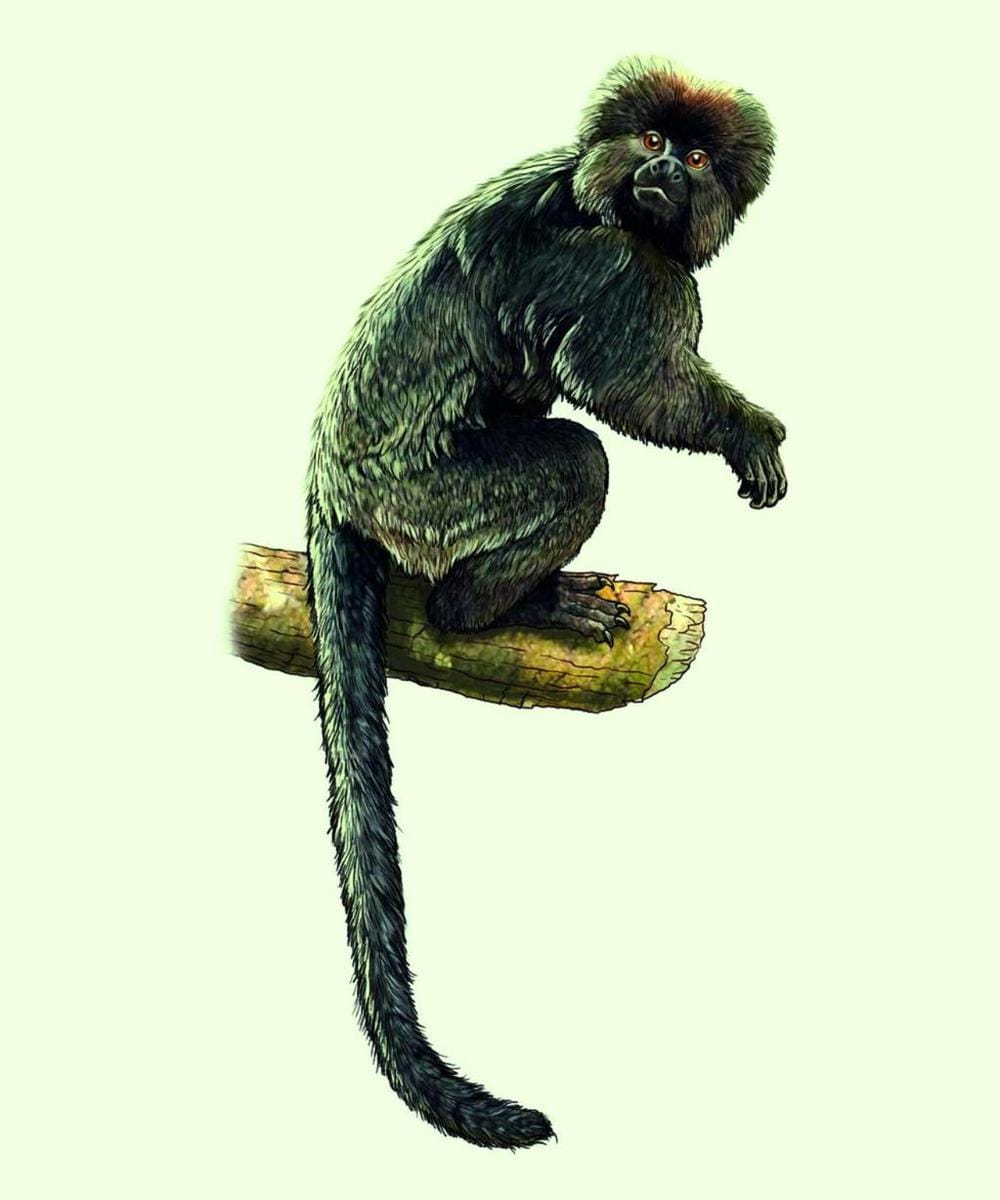Out of Africa? Fossils shed light on primate origins
Cecily Johnson on the discovery of the oldest New World monkey species

The discovery of three new fossilised monkey specimens in the heart of Amazonian Peru could shed light on the origins and early evolution of primates in South America; one of the most controversial issues in primate palaeontology.
Primatologists have long hypothesised that New World monkeys travelled across the Atlantic Ocean from Africa after the continents were separated by plate tectonics 65 million years ago.
It is not uncommon for unfamiliar animal and plant groups to appear abruptly in the fossil record of South America after their arrival on the island continent; however the earliest phases of the evolutionary history of monkeys in South America have been the subject of extensive debate.
This new discovery, published in Nature, may provide the first real evidence for the African ancestry of platyrrhine primates.
Found in the sediment deposits of a river bank in the Santa Rosa fossil site, located in a remote region of eastern Peru, the tiny fossils have been dated to approximately 36 million years ago, during the Late Eocene epoch.
Their discovery extends the fossil record of South American primates back by 10 million years; previously the oldest known New World monkeys dated from 26 million years ago, during the Late Oligocene epoch in Salla, Bolivia.
The fossils were first discovered in 2010, though it took two years for the first to be recognised as a primitive monkey specimen as it was such an unusual find for South America.
“Fossils are scarce and limited to only a few exposed banks along rivers during the dry seasons,” said co-author Dr Ken Campbell, a curator at the Natural History Museum of Los Angeles County. “For much of the year high water levels make paleontological exploration impossible”.
Under these difficult conditions, and at just a few millimetres across in size, it is unsurprising that the fossilised molars remained unstudied until now.
The initial identification spurred on further efforts to analyse other associated fossils from the Santa Rosa local fauna.
Researchers have been searching for a number of years in the Amazon Basin of South America, one of the most biologically diverse regions in the world, for clues as to its ancient biological past.
Campbell, working with a team of Argentinian palaeontologists, has recently focused his efforts on eastern Peru in the hopes of understanding the evolutionary origins of the area.
Previously, the gap in the fossil record before the Salla primates led to significantly different hypotheses on the evolutionary history and origins of New World monkeys.
The new specimens contrast with previously known extinct and living South American primate species, instead bearing a striking resemblance to African anthropoids of the Eocene epoch. Phylogenetic analysis suggests a relationship with African taxa.
While the researchers have presented three preliminary hypotheses, they state that more specimens are necessary to narrow down the ancestry of the newly discovered species.










